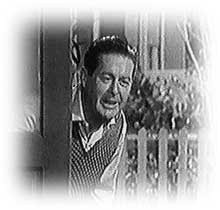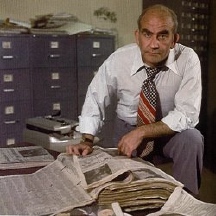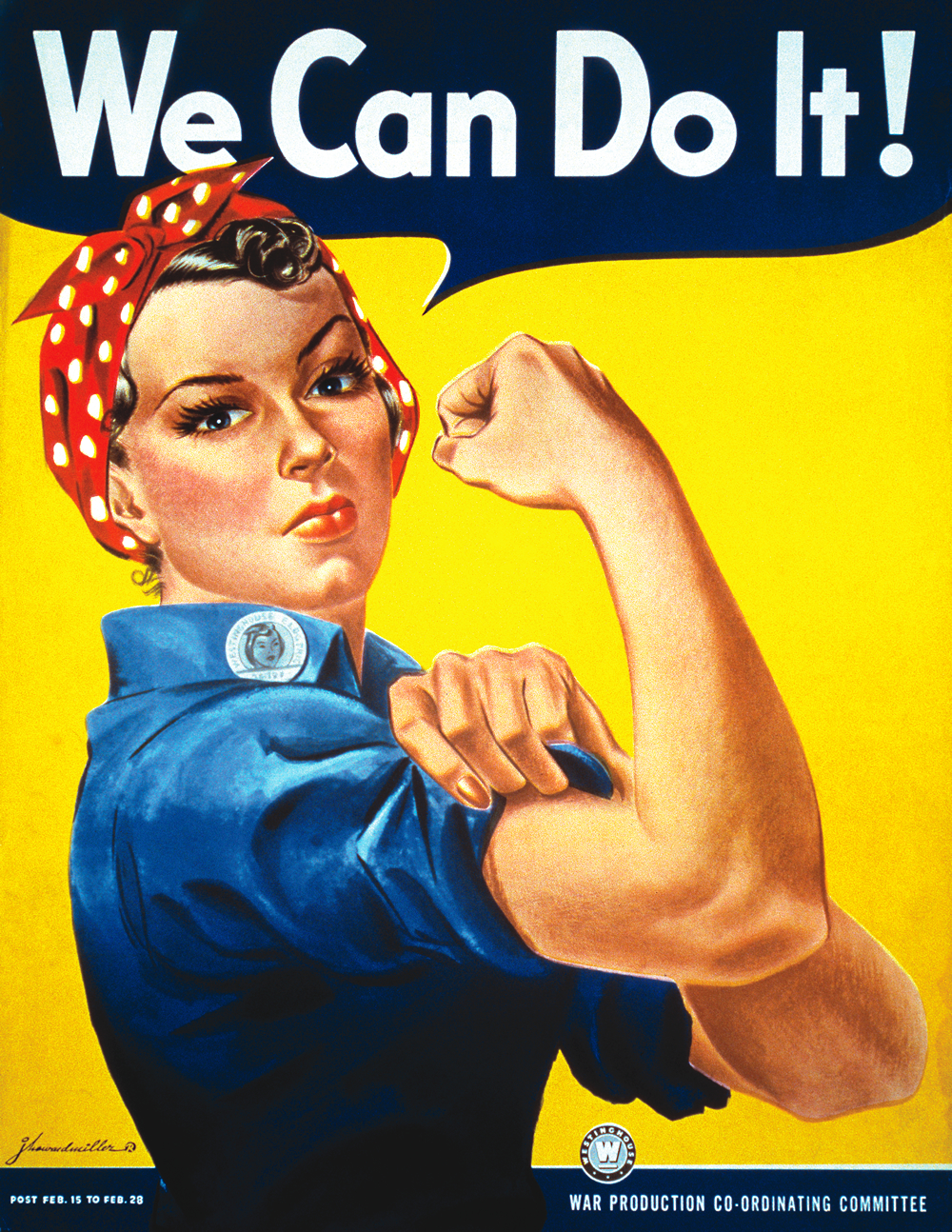 and her friendships with others in the neighborhood. Many episodes focus on the perennial contest of wills between Hazel and her boss over issues around the house; "Mr. B." usually concedes defeat and grants Hazel's wishes when she tortures him by serving meager portions of her mouth-watering desserts. The first season was in black and white; the rest were in color.
and her friendships with others in the neighborhood. Many episodes focus on the perennial contest of wills between Hazel and her boss over issues around the house; "Mr. B." usually concedes defeat and grants Hazel's wishes when she tortures him by serving meager portions of her mouth-watering desserts. The first season was in black and white; the rest were in color.The show usually takes place in the Baxte
 r's nice home; it occasionally travels to the outside neighborhood. Most of the scenes are in the home's living room, kitchen, office, and other rooms.
r's nice home; it occasionally travels to the outside neighborhood. Most of the scenes are in the home's living room, kitchen, office, and other rooms.Hazel is, of course, the main character of the show. She is a plump, jolly woman with short, brown, curly hair. She takes charge and always gets her way. She gets involved and is a caring woman.
George
 Baxter is pretty much a heartless man. He wants things to go his way, and is very concerned about money. He is a middle-class man who always dresses in business attire. He always tries to do the best for his family, but sometimes he has the wrong idea of what is best. He has dark hair and is on the heavy side.
Baxter is pretty much a heartless man. He wants things to go his way, and is very concerned about money. He is a middle-class man who always dresses in business attire. He always tries to do the best for his family, but sometimes he has the wrong idea of what is best. He has dark hair and is on the heavy side.Dorothy Baxter is a middle-class woman with short blonde hair, who is always made up and looking nice. She cares for the family and always tries to please her husband. She is also a good friend to Hazel.
Harold Baxter is a polite, young boy who loves to spend time with Hazel. He plays with her, cooks with her, makes crafts with her, and does pretty much everything with her. He does not get into much trouble; he always listens to what the adults tell him to do. He is a skinny boy with blonde hair like his mother.
Below are four classic scenes which portray the characters as described above:
In this episode, Harold helps Hazel in the kitchen; he is her "right-hand man". Hazel is very dedicated to the Baxter family and cares very much about them. She did not even get to see her own family on Thanksgiving because she's helping out the Baxters. Of course she is upset about this, but she does not really show it. On the other hand, she is also happy to be with the Baxters for Thanksgiving.
In this episode, Hazel gets a telegram saying that she is the maid of the month. Mr. and Mrs. Baxter are shocked; Harold, however, is not surprised because he knows how amazing Hazel is. We see how negative George can be when he calls the magazine company to make sure they did not make a mistake. It turns out that they only chose Hazel as a favor to Mr. Griffin, who is a man that Hazel helps.
The scene in this Christmas episode portray Harold's obedience and respect to his parents and Hazel. He helps Hazel in the kitchen (making cookies and crafts) and listens to his mom when she told him to go to bed. Also, we see that Hazel and Dorothy have a friendship (because they plan to make George a sweater). Dorothy is the traditional old-fashioned wife who is repectful towards her husband and lets him make the final decisions. She really tries hard to please him. George can be, as seen in this episode, kind of bossy and spiritless.
This video (click here) shows Hazel as her demanding self. She does whatever it takes to get what she wants.


 ucy works in, her house, and the community.
ucy works in, her house, and the community.









